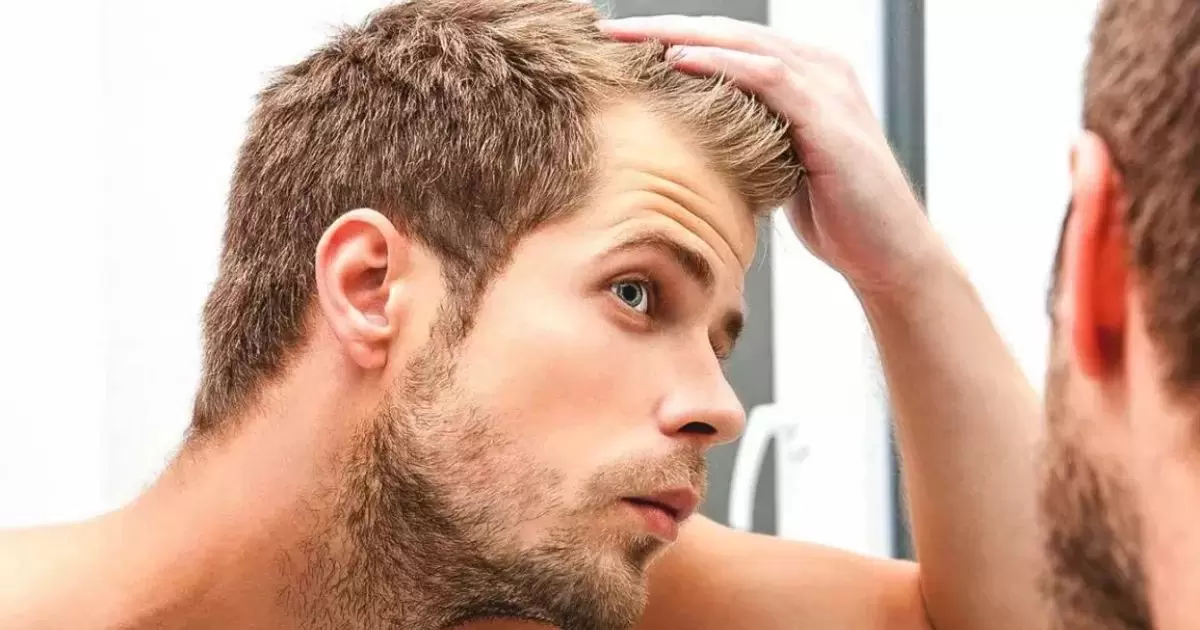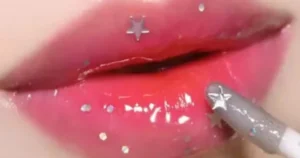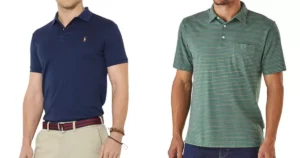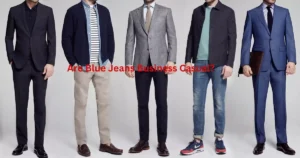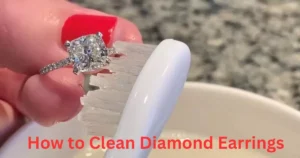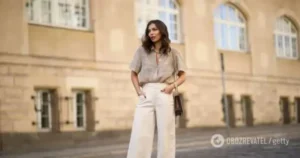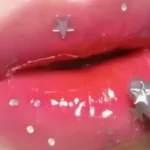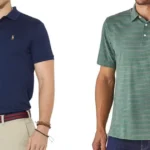Textured hair refers to hair that has been cut or styled to give it a sense of fullness and natural movement rather than laying flat against the head. There are a few different ways hair can become textured.
Textured Versus Layered Hair: What’s The Difference?
While layered and textured hair styles both add volume and dimension to hair, they achieve this in different ways. Layered hair incorporates face-framing pieces and longer layers around the crown to lighten and shape the hair. Textured hair involves physically altering the hair cuticle through techniques like perming or razor cutting to create a roughened texture on each hair strand.
What Is Textured Hair?
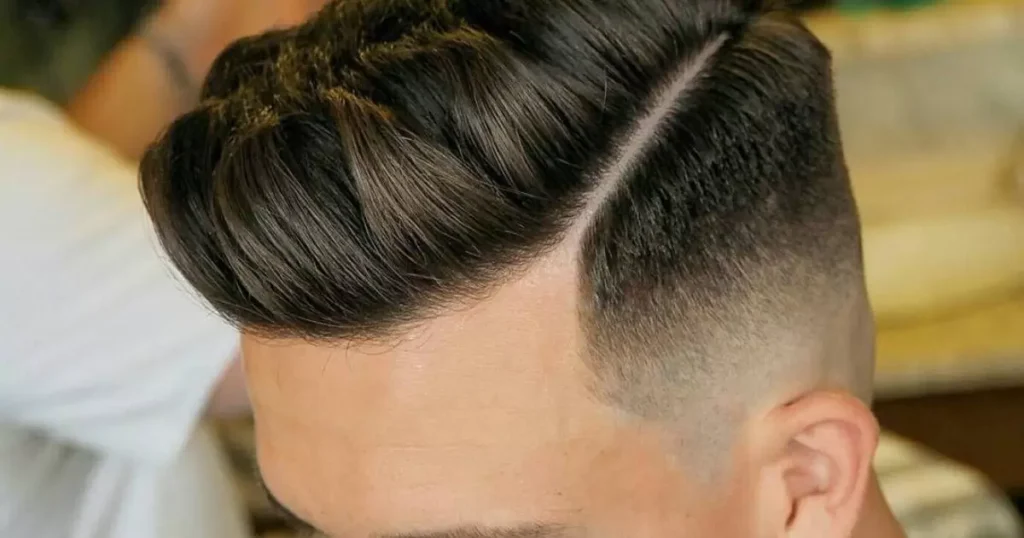
Textured hair is created through haircutting or chemical treatments that add texture to the hair shaft itself. Some common methods for achieving textured hair include:
- Perming/Curling – A chemical treatment that breaks and re-forms hair bonds to allow curls and waves to hold their shape. This adds noticeable waves or curls.
- Razor cutting – Using thinning shears or a razor to chop uneven layers into straight or wavy hair. This adds slight texture and fullness.
- Texture spray/mousse – Products that use dry shampoo-like powders or mousses to add grit and lift to the hair strands.
The result is hair with noticeable variation in thickness along each strand, which causes it to hold movement and fullness rather than lying flat.
What Is Layered Hair?
Layered hair involves using longer and shorter layers cut into the hair to add shape and volume without chemically altering the hair shaft itself. Layered cuts usually incorporate:
- Face-framing pieces around the front hairline and sides that layer up towards the crown
- Longer layers around the crown and back of the head that layer down towards the ends
This allows heavier top layers to lift at the roots while the underside remains lightweight. Combined with styling, it creates the illusion of more hair and natural movement. Layered cuts can be worn straight or with rolls, flips or waves added through different tools.
Layered Versus Textured Hair: Which Should You Choose
While both add volume and texture, the right choice depends on your hair type and goals:
Layered Hair:
- Best for fine or thin hair as it doesn’t add chemical processing.
- Creates the look of texture through cutting alone.
- Lower maintenance as it doesn’t require products to maintain style.
- More versatile for straight or wavy hair textures.
Textured Hair:
- Best for thick, coarse hair prone to limpness or weighed down styles.
- Adds curl definition and wave retention if hair is naturally wavy or curly.
- Requires products and heat styling tools to achieve desired look daily.
- More dramatic texture that may not be suitable for formal occasions.
Consider your lifestyle, hair properties, and desired appearance when deciding between the two. Both can create volume, but through different technical methods.
Why Should I Get Layers In My Hair?
There are several benefits to incorporating layers into your haircut:
- Adds volume and body – Layering lifts the hair at the roots for more poof and fullness.
- Frames the face – Strategically layered side-swept bangs soften features and create dimension.
- Lightens heavier hair – Long layers around the crown decrease bulk and weight for easier styling.
- Extends haircut duration – Layers blend new growth seamlessly for several weeks between salon visits.
- Versatile styling – Layers can be worn straight, wavy or curly depending on tools used.
- Low maintenance – No chemicals needed, just regular trims to blend as hair grows out.
Overall, layers create natural-looking movement and fullness without added weight or hassle like frequent perming/texturizing.
Why Should I Get Textured Hair?
On the other hand, textured cuts may be preferable if:
- You have fine hair that needs grit and texture instead of weight/bulk.
- Your curls or waves are limp and need more definition.
- You crave dramatic volume instead of subtle layering.
- You have thick hair prone to flatness without wave-holding products.
- You love messy beach waves as a daily style instead of polished layers.
- Formal events are rare – textured cuts require regular styling maintenance.
Chemically texturizing or razor-cutting hair adds visible variation along strands for instant body versus waited-for growth-out results of layering. It’s best for specific hair types seeking a bold, free-spirited look.
How To Create Textured Hair At Home
For a DIY textured look between salon visits, try:
- Dry shampoo at roots for added grit and lift
- Sea salt sprays for wave-holding texture
- Backcombing roots with a fine-toothed comb
- Rolling roots with a round brush while drying
- Velcro rollers or rag-curls over night
- Lightly backcombing beachy waves with fingers
- Texturizing mousses applied to damp hair
Be gentle to avoid damage. Focus on roots and mid-lengths only until skilled at home-texturizing. Start with subtle techniques and build texture over time.
Layers Versus Texture At Tierney Salons Hertford
Master stylist Jessica Tierney says “We consider our clients’ lifestyles and hair properties to decide between layers and texture. Layers are a subtle way to add lift without processing, perfect for flexible styles. Texture adds serious movement and definition for bolder looks, though products are a must. Come in for a consultation – we’ll recommend the cut best suited to each individual!”
Tierney Salons in Hertford offers both options, professionally tailored to each head of hair. Their expert stylists ensure a finish that frames the face beautifully and lasts several weeks between visits.
What does textured hair mean?
In hair terminology, textured hair refers to hair that has been cut or styled in a way that gives it visible variation in thickness along the strand. This creates the appearance of natural movement, volume and “grip” versus lying flat. Texturing can be achieved through perming/curling, razor cutting, backcombing or using texturizing products. The result is hair with a roughened cuticle that holds curls, waves or texture according to how it is cut and styled.
What does texturizing hair mean?

Texturizing hair is the process of using chemicals, heated tools or texturizing products to physically alter the hair cuticle and add visible variability to the thickness and texture of each hair strand. Common texturizing techniques include perming, which uses chemicals to break and reform hair bonds; razor cutting, where thinning shears add choppy layers; and using texturizing sprays, mousses or creams that add grit and hold. The goal is to create hair with varying levels of thickness along each strand for natural movement versus a uniform diameter and flat appearance.
How do you know if you have textured hair?
There are a few signs that can indicate whether your natural hair has a textured quality:
- Visible waves or curls even when air dried
- Hairs of varying thicknesses along the strand
- tends to frizz or puff out instead of lying straight and sleek
- Benefits from products like gels, creams that define curls
- Haircut needs layering or tools like diffusers to prevent limpness
- Ethnic hair types prone to coily, kinky or curly textures
- Responds well to texturizing techniques at the salon
If your hair naturally holds dimensional shape versus flattening, and benefits from volumizing products, it likely has an inherent texture. Genetics are usually the biggest factor in natural hair properties.
What makes hair texture?
Several factors contribute to our inherent hair texture:
- Genetics – Ethnic background heavily determines hair porosity, curl pattern, thickness.
- Moisture level – Over-moisturized hair lies flatter; balance keeps curls coiled.
- Cuticle scale pattern – Flatter/larger cuticles = straight hair; smaller/stacked = curly hair.
- Oil gland production – More sebum means smoother hair; less results in dry, frizzy texture.
- Cortex shape – Round/oval cortices produce wavy hair; more elongated = curly texture.
- Protein level – Too much or too little protein impacts elasticity and texture holding.
Understanding your unique hair properties can help choose cuts and products to enhance your hair’s natural texture with minimally invasive techniques like layering versus more dramatic texturizing. Hair typing systems break down the science behind what gives each head of hair its distinctive quality.
Conclusion
Both textured and layered haircuts can be excellent options for adding volume and dimension, but the right choice depends on considering your unique hair type, desired style, and lifestyle needs. Layers create subtle fullness through strategic cutting alone, requiring only regular trims between salon visits.
Texture incorporates chemical processing, heated tools, or daily products to achieve a bolder, free-flowing look with more noticeable movement. While layers suit versatility, texture defines curls.
An experienced stylist can guide choosing the cut tailored to suit each individual’s properties and goals. With both options, remembering regular trims and protective daily styling helps hair maintain its healthily textured appearance over time.
